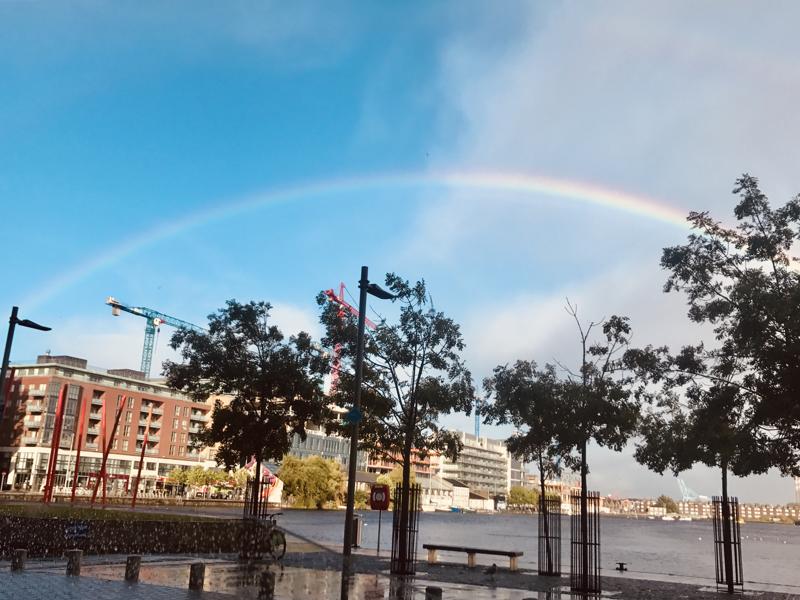Discover the Art of Pinpoint Photography Along Dublins Grand Canal
Written By: Gail Clifford | Published By: Weekend Notes | September 4, 2024
Ireland’s rich heritage offers more than just scenic landscapes and historic castles—it’s a place where history and modern creativity intertwine to create unforgettable experiences. During Ireland’s Heritage Week, I had the pleasure of diving into one of these unique experiences: a two-day, eight-hour workshop on pinpoint photography, nestled along the picturesque Grand Canal in Dublin.
This wasn’t just any photography class; it was an extraordinary journey into the heart of creative expression, blending traditional techniques with modern insights, all under the expert guidance of the talented Darragh Shanahan, an amazing photographer and teacher from the Photo Museum of Ireland located in Temple Bar Dublin 2.
As we began our tour along the Grand Canal, we gathered in front of a historic building that once served as the nursing home to John Butler Yeats, an artist and the father of renowned Irish Nobel Laureate WB and artist Jack Yeats. The significance of this place added a rich layer of history to our experience. Just beside us, a graceful weeping willow drooped over the canal, its delicate branches swaying gently in the breeze, providing a perfect photo opportunity. While the tranquil scene captivated many, my attention was drawn to the Portobello building across the way. Its striking architecture stood as a reminder of Dublin’s storied past, blending seamlessly with the present, and beckoned me to capture its essence through the lens of my camera.

History of Grand Canal
The Grand Canal, an integral part of Dublin’s landscape, has a rich history dating back to the late 18th century. Construction of the canal began in 1756, with the ambitious goal of creating a waterway that would connect Dublin to the River Shannon, facilitating the transport of goods and people across Ireland. It took several decades to complete, with the final stretch to the River Shannon opening in 1804.
The canal quickly became a vital commercial route, carrying everything from coal and timber to passengers. However, with the advent of railways in the 19th century, the canal’s commercial use declined, and by the mid-20th century, it had fallen into disrepair. In recent decades, a renewed appreciation for its historical and recreational value has spurred extensive restoration efforts, transforming the Grand Canal into a cherished urban waterway that offers both locals and visitors a glimpse into Dublin’s industrial past and its ongoing revival.
Gail Clifford
Latest posts by Gail Clifford (see all)
- We Were Warned: An Anthology of Short Stories - October 23, 2024
- Exploring Dublin’s Royal Canal: A Journey Through Time and Nature - September 30, 2024
- The 8 Best Dr. Phillips Restaurants | Dr. Phillips, West Orlando, Florida - September 19, 2024
- Discover Cascais, Portugal - September 18, 2024
- The Ultimate Expat Guide How to Buy Property in Costa Rica, Ireland and the USA With Less Stress - September 17, 2024

0 Comments